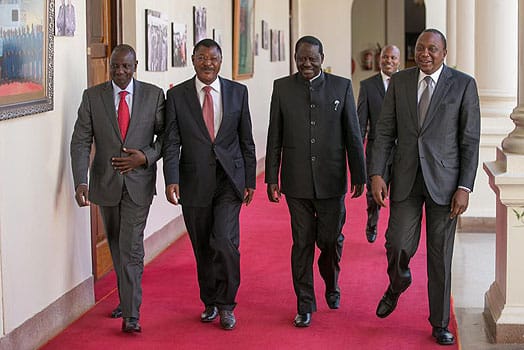What is National Integration?
Integration means unification into a whole. - The act of combining or bring together various parts in a way that makes them one. National integration refers to the process by which various components of a nation are brought together into a whole leading to national unity
Importance of National Integration
Why is National Integration a priority in Kenya?
Warning: Vicious Pictures
In the absense of integration and lack of goodwill, this is what happens How do proponents of violence look like? Factors that promote national unity in Kenya
Factors that undermine national unity in Kenya
Impunity creates undisputed war mongers
History Paper 1 and 2 KCSE Past revision Papers Steps have been taken by the Kenyan government to promote national integration since independence
KCSE History Topical Questions Conflict resolution
Levels of conflicts found in Kenya
The factors that cause conflict
-social-and-economic-developments-during-the-colonial-period-in-kenya.html Peaceful methods of conflict resolution
a) Diplomacy/negotiation. This is a dialogue between two warring parties in order to reach an agreement over a dispute. The following steps are followed in negotiation;
Arbitration procedure;
Steps followed in mediation;
e) Legislation – where the parliament passes laws to control conflict. f) Workshops – this is where conflicting parties talk in the presence of facilitators and tries to work out a resolution to the problem. g) Arms inspection – the government in order to build confidence and prevent misunderstanding between warring parties carries it out. Negative methods of conflict resolution
a. Subjugation (use of war)
b. Avoiding responsibility and refusing to accept defeat c. Appeasement/compromise. Under what circumstances violent method may be used in resolving conflict?
a. When law and order is broken and the alternative is the use of force
b. In case of serious social unrest c. Striking students or workers, street mobs and bandits ways-of-fighting-against-corruption-in-the-country-today.html
2 Comments
|
Archives
April 2024
Categories
All
|

 RSS Feed
RSS Feed